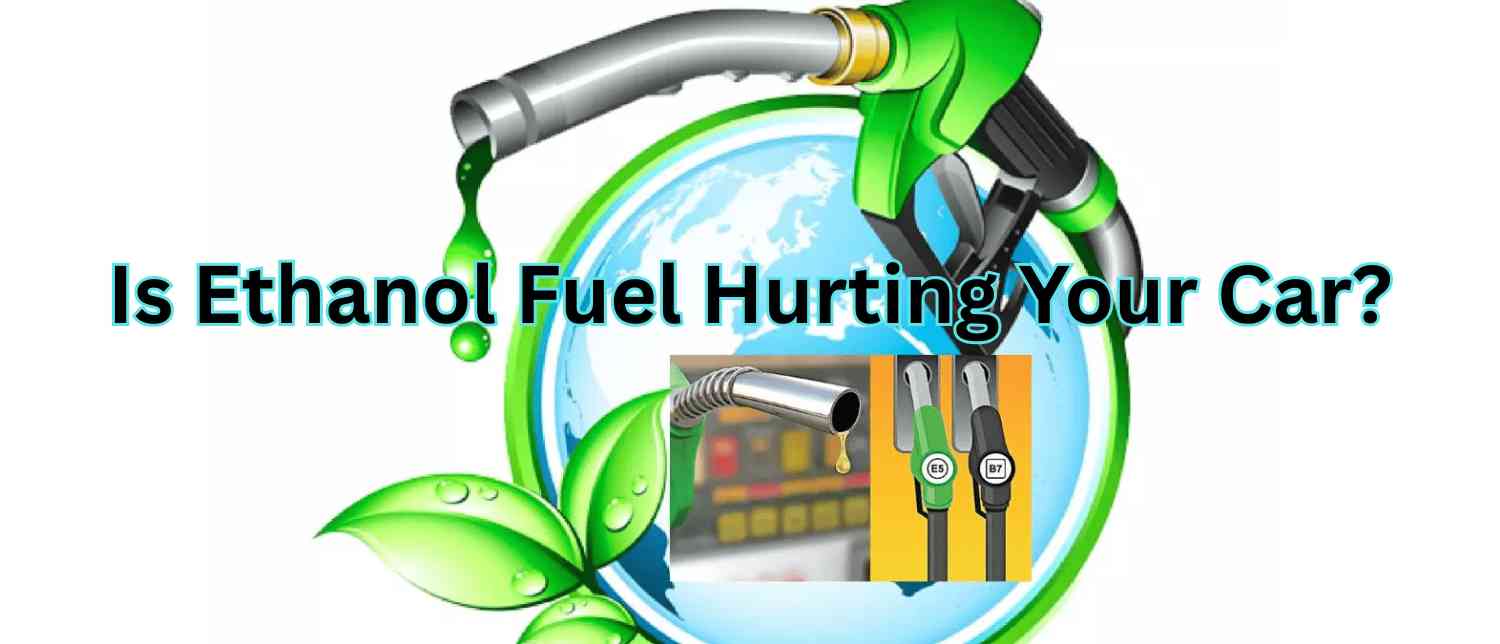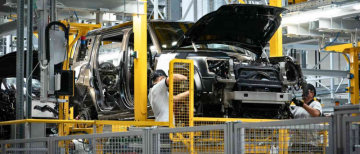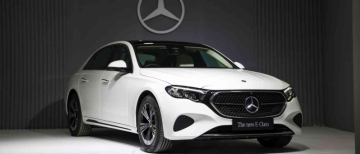As India fast-tracks its ambitious green energy goals by ramping up ethanol blending in petrol to 20% and beyond, an uneasy question hangs in the air: is the country ready for this transition, or are millions of unsuspecting vehicle owners being forced into a costly experiment?
From the streets of Chennai to the petrol stations of Hyderabad, from auto manufacturers to worried mechanics, voices of concern are growing louder. While the government touts its ethanol policy as a win for energy security, cleaner emissions, and rural livelihoods, a closer look reveals an emerging conflict between ecological intent and technological readiness.
And as the government now eyes an even bolder target of E27 (27% ethanol in petrol) by 2026-27, the stakes — and consequences — are only rising.

The Green Dream: Ethanol as the Future of Fuel
India’s ethanol blending journey began modestly in 2014, when only 1.5% of the petrol sold contained ethanol. Fast-forward to 2025, and that number has skyrocketed to 20%, achieving the government’s original 2030 goal five years ahead of schedule.
The logic is sound, at least on paper. Ethanol is a renewable biofuel made primarily from sugarcane, maize, and other starch-rich crops. Its benefits are significant:
-
Reduced carbon dioxide emissions: Estimated at over 698 lakh tonnes saved so far.
-
Savings on foreign exchange: ₹1.36 lakh crore saved by reducing crude oil imports.
-
Boost to rural economy: Nearly ₹1.18 lakh crore paid to farmers and ₹1.96 lakh crore to distilleries.
Petroleum Minister Hardeep Singh Puri has framed this as not only an environmental imperative but a socioeconomic revolution, supporting farmers, reducing pollution, and slashing India's oil dependence. The stock market has responded positively, with shares of Indian Oil, ONGC, and BPCL surging on biofuel optimism.
So what’s the problem?
If anything happens to my vehicle due to Ethanol blended (Adultered) Petrol, I will not hesitate to drag every single official in the Petroleum Ministry to court. We have every legal and constitutional right to do so. Forcing blended fuel on us, when our vehicles aren't even…— Venkatesh Alla (@venkat_fin9) July 10, 2025
What’s Good for the Environment Isn’t Always Good for Engines
The core issue lies in ethanol’s chemistry. Unlike petrol, ethanol:
-
Has lower energy density (about 33% less).
-
Is hygroscopic (it absorbs water from air).
-
Is corrosive to rubber, aluminium, and plastic components.
While newer vehicles manufactured after 2023 are increasingly being built to handle E20, the vast majority of India’s over 300 million vehicles — from scooters to sedans — were engineered for E10 or pure petrol. Ethanol’s characteristics can wreak havoc on engines not designed for it.
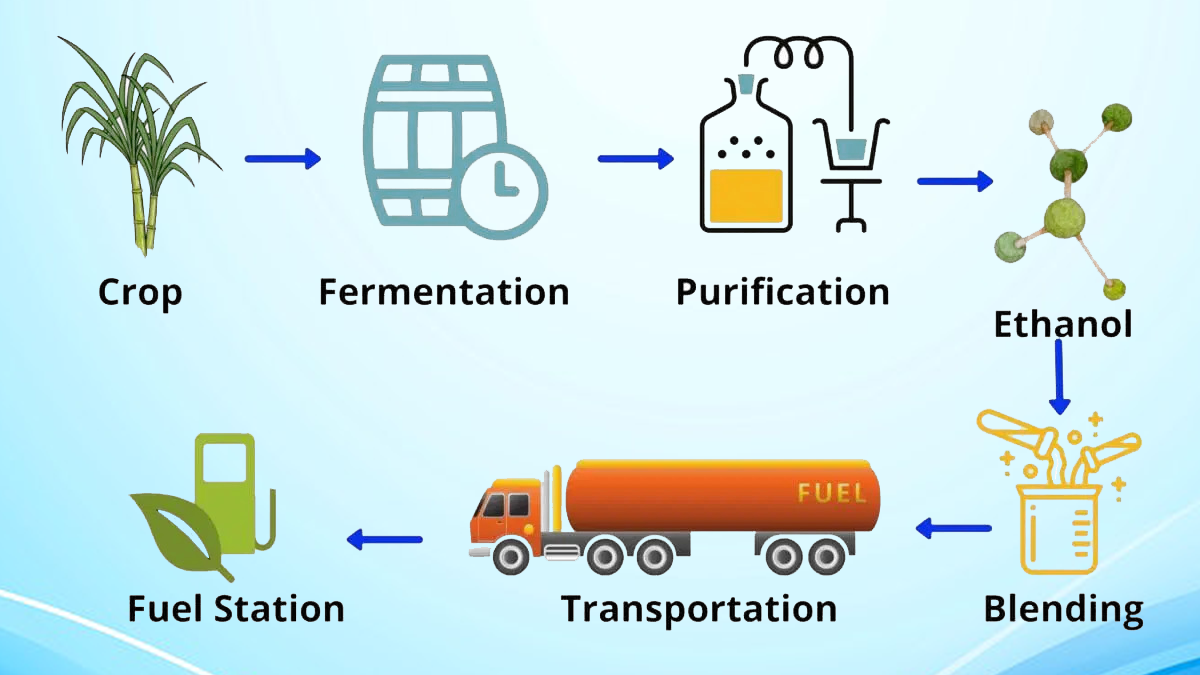
Automakers Ring the Alarm
Major manufacturers like Hero MotoCorp and TVS have publicly advised caution, noting that E20 can degrade parts like fuel tubes, gaskets, O-rings, and even fuel injectors in older vehicles.
TVS noted that ethanol’s water-absorbing property can lead to “phase separation”, increasing corrosion risks and potentially damaging fuel systems. These aren’t minor issues — this could mean engine seizures, fuel leaks, clogged injectors, or worse. For cars without ethanol-compatible engines, this translates directly to higher maintenance costs, lower fuel efficiency, and even voided warranties.
Even for vehicles technically certified for E20, performance degradation is being reported.
Real Voices, Real Costs: What Consumers Are Saying
From college students to working professionals, vehicle owners across the country are reporting an unsettling trend: falling mileage, sluggish acceleration, and growing repair bills.
-
Vishnu Gopal, a CPI(M) member from Kerala, noticed mileage drop in his 2022 Baleno and now spends ₹25,000 monthly on fuel. “Who authorised this silent damage under the guise of policy reform?” he asks.
-
Akanksha Bokdia, a PR consultant in Chennai, saw her Brezza’s mileage plummet from 18 to 14 km/l. “The car feels less responsive,” she notes.
-
Yadhav Prakash, driving a 2015 Alto K10, reported a 2-3 km/l drop and “sluggish pickup”, especially with the AC on.
-
Nazeer Kamran, a UX developer in Hyderabad, found that E20 damaged the engine of his 2022 Royal Enfield. His monthly fuel cost rose from ₹1,400 to ₹2,100.
-
Sanjeeth, a 22-year-old student, noted that he now spends ₹1,600 per month just to commute 5.5 km daily on his scooter — a nearly 60% jump in expense.
The unifying theme among all complaints? Lack of choice and lack of awareness. Consumers are unable to differentiate between E10, E20, or pure petrol at the pump. Most aren't even informed whether their vehicle is compatible.

Engineering Realities: Why E27 Could Be a Step Too Far
The government now plans to push ethanol content to E27 by late 2026. But automotive engineers caution that this leap could be technically reckless.
Ethanol’s corrosive nature means that core engine components — valves, cylinder heads, fuel lines — must be re-engineered using resistant materials. These changes make engines heavier, reversing global trends of lightweighting for better mileage. Thicker parts, more aluminium, advanced coatings — all mean higher costs.
Newer vehicles built under BS-VI norms can handle E20, but E27 requires an entirely new generation of engine designs. Millions of vehicles on Indian roads today — especially those built between 1995 and 2019 — are simply not designed for such blends. Even catalytic converters — which cost lakhs to replace — are at risk of premature damage.
"Without real-world testing in Indian conditions — humidity, traffic, varied terrain — rolling out E27 could be catastrophic," one automotive consultant warned. He recommended testing E27 in public fleets first, such as government vehicles or urban minibuses.
Hey @IndianOilcl, how much ethanol are you dumping into petrol da? Car mileage has tanked for the past year! We're forced to pay full price for petrol that's 20% adulterated, this is nothing but an organised scam. The business and the government, both are acting like shameless…— Venkatesh Alla (@venkat_fin9) July 7, 2025
The Policy Problem: Where Is the Consumer Choice?
One of the loudest criticisms of the ethanol policy isn’t about chemistry — it's about democracy and consumer rights.
Consumers like Venkatesh Alla have taken to social media calling the policy “outright fraud.” In a viral post, he wrote:
“Who gave you the right to damage our vehicles in the name of policy? Pure Petrol and Blended Petrol must be sold separately. Let the consumer decide.”
Indeed, unlike Brazil or the U.S., where flex-fuel vehicles and pump labelling allow users to choose the right blend, Indian fuel stations offer no such option. The average consumer often fills up without knowing if the fuel is E10, E20, or even E27.
This “forced transition” has left many feeling betrayed — especially when they’re paying full price for fuel that delivers lower mileage and potentially harms their vehicles.
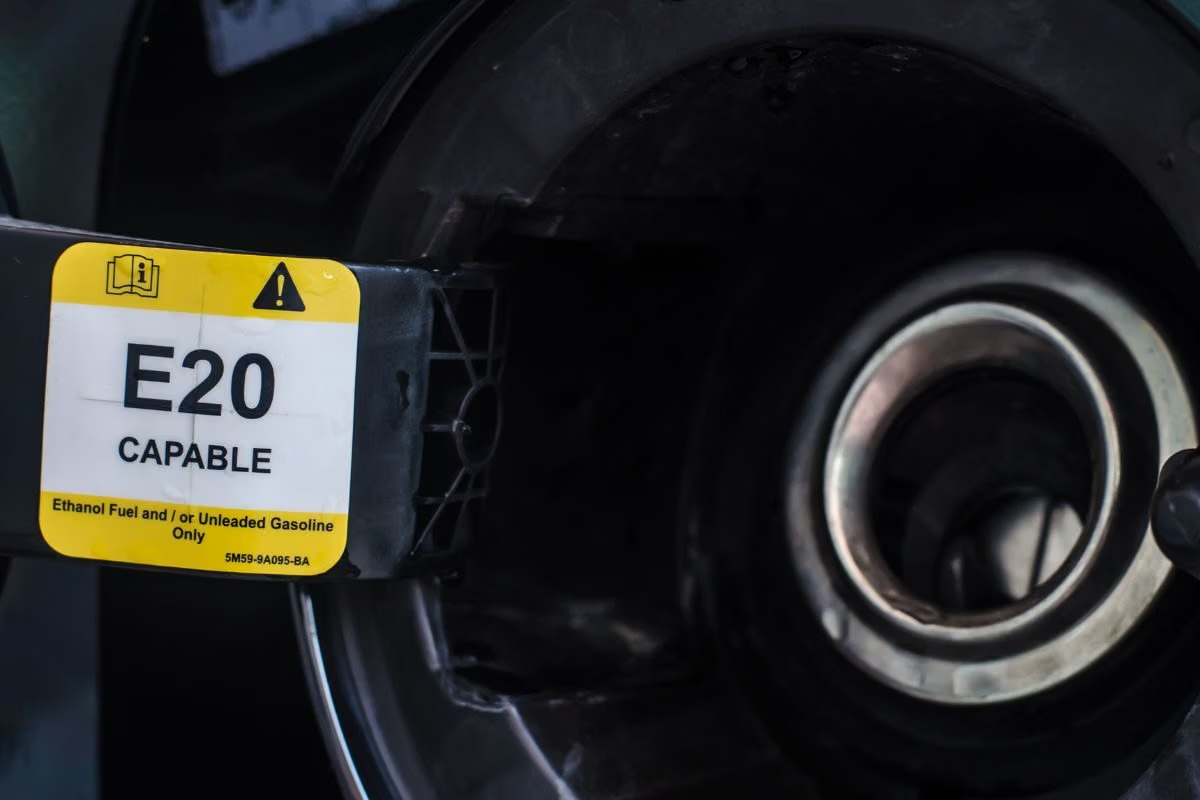
Environmental Good, Social Harm?
Then there’s the agricultural angle. While ethanol supports sugarcane farmers, it also raises questions about food security. Diverting arable land from food crops to fuel crops, particularly during drought or inflation, could exacerbate hunger and inequality.
Intensive farming of ethanol crops also has ecological downsides — soil erosion, excessive water use, and pesticide dependence. TVS Motors raised this very concern, urging sustainable farming practices.
So, Is the Ethanol Push Justified?
The answer isn’t simple.
There’s no denying the macro-level benefits of ethanol — reduced emissions, energy independence, and rural job creation. But policies with such sweeping implications must account for technological realities, consumer rights, and socioeconomic impacts.
India’s ethanol blending journey may be necessary. But it must also be nuanced.
Before rolling out E27 across the country, the government should:
-
Ensure complete E20 compatibility across the national vehicle fleet.
-
Label fuel blends clearly at every station.
-
Allow consumers the choice between blended and unblended petrol.
-
Conduct extensive real-world trials of E27 before mass adoption.
-
Educate mechanics and consumers about compatibility and maintenance.
-
Balance agricultural interests to avoid food vs fuel dilemmas.
Final Verdict: A Green Leap That Needs a Safety Net
India's ethanol policy is not inherently flawed. But the way it’s being executed — without adequate safeguards, without consumer education, without transitional planning — risks turning a green milestone into a mechanical nightmare for millions of citizens.
The dream of a sustainable future should not come at the cost of breaking the very engines that power India.
If the government wants a truly successful ethanol transition, it must listen to engineers, auto manufacturers, farmers, and—most importantly—consumers. Because green fuel cannot succeed if it leaves the people behind.
With inputs from agencies
Image Source: Multiple agencies
© Copyright 2025. All Rights Reserved. Powered by Vygr Media.

